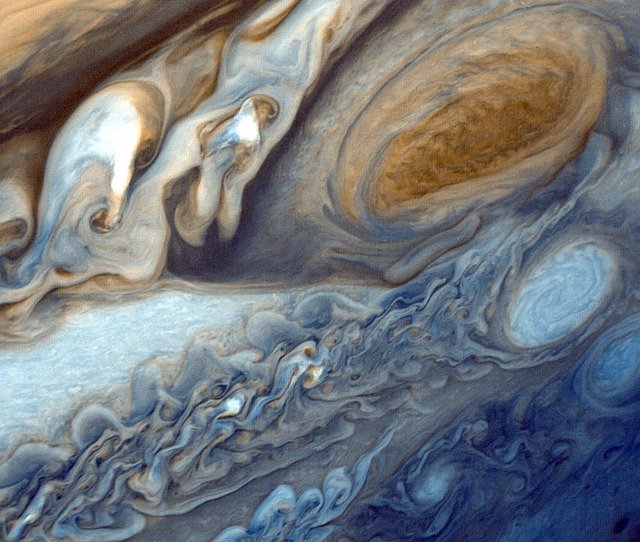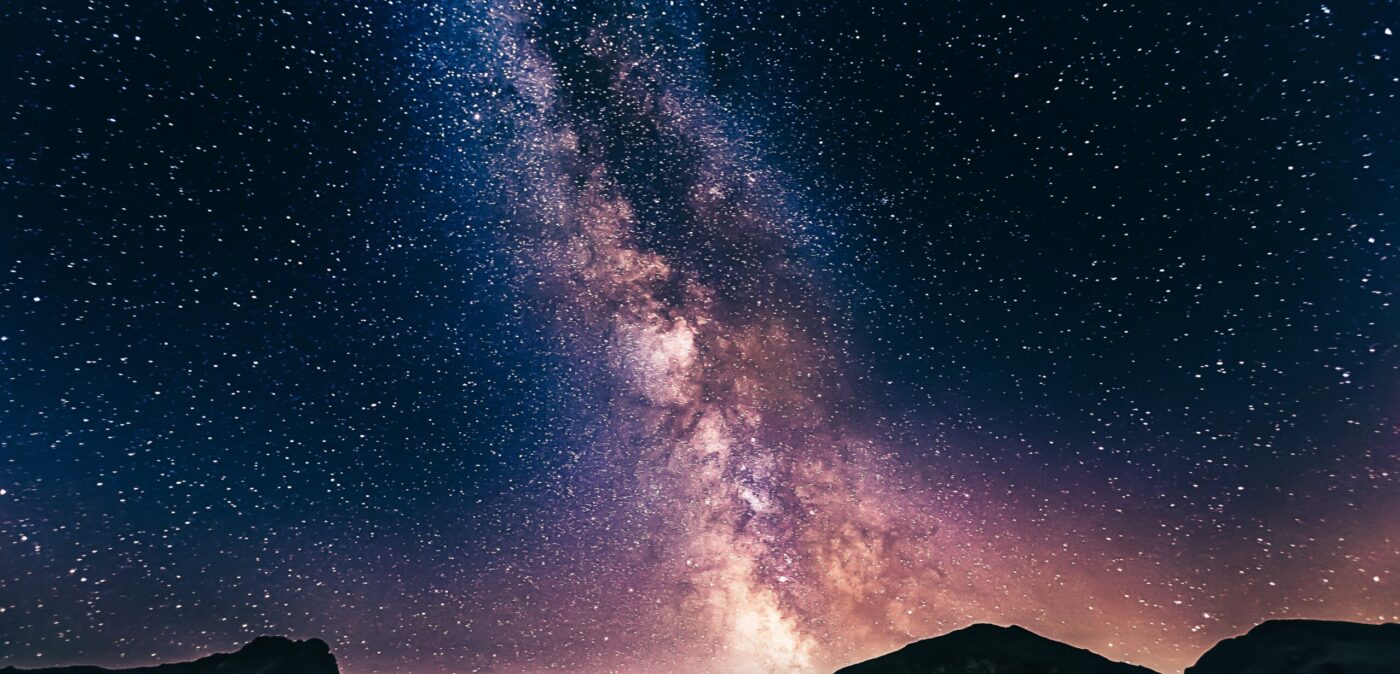
Water on a Planet Might be Closer Than We Think
The largest planet in our solar system seems to be hiding some secrets. Under the swirling clouds and dangerous storms may lie one the building blocks of life as we know it. Water. According to a new set of information that was collected by the Juno space probe, .25% of the molecules in Jupiter’s atmosphere over the equator contain hydrogen and oxygen molecules. That’s 3 times more than what our sun contains!
Since Jupiter is a giant planet, it sucked up a lot of gas and dust during its formation. Now, scientists are trying to figure out how much water it picked up along the way. Answering this question alone would open the doors to new theories (and shut some on older ones) about how our universe came to be. The first of Juno’s 8 total flyby’s showed that the water was not well mixed in the atmosphere, and only increased the deeper it went near the equator.
But the story only gets stranger. After studying data from other flybys and using ground based instruments that watched thermal radiation, scientists discovered that the clouds swirling above the famous Great Red Spot showed chemical signatures of water. It’s already known that Jupiter is rich in carbon-monoxide, and this latest discovery proves that it also has hydrogen in it’s atmosphere. In other words, all the necessary components for water are already present in the giant planet.
Using what Juno learns about Jupiter can help detect water on other worlds using the same technique. Similarly we can see how much water is being hidden by other planets not only in our solar system but in planets around the galaxy too. Jupiter still has much to reveal to us, and has several surprises still in store for us to discover.
Resources:






Tagged #cassini, #clouds, #hexagonalstorm, #magneticfield, #saturn